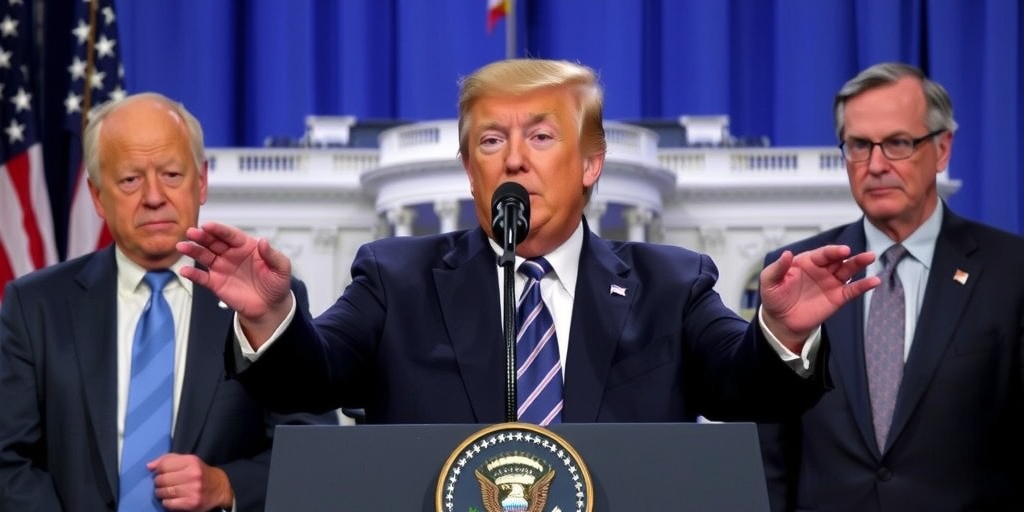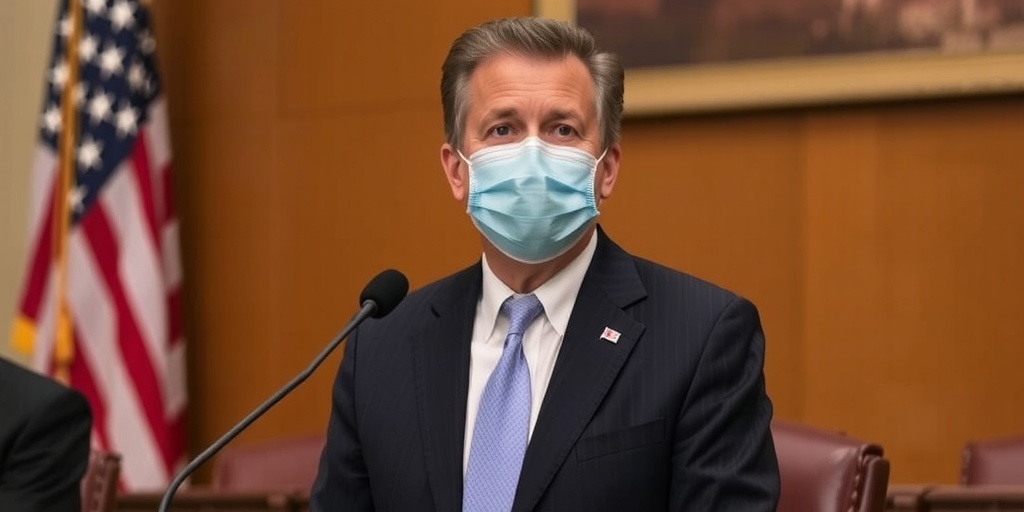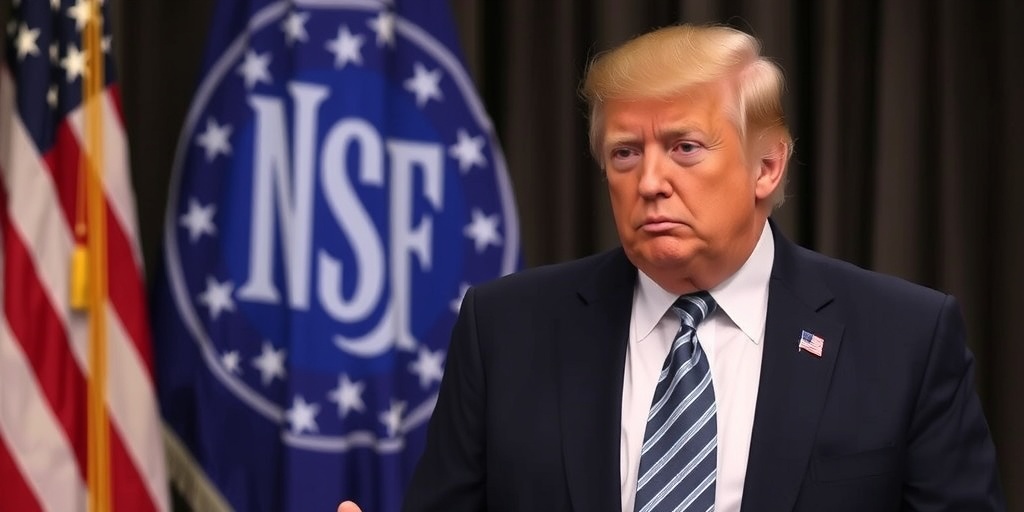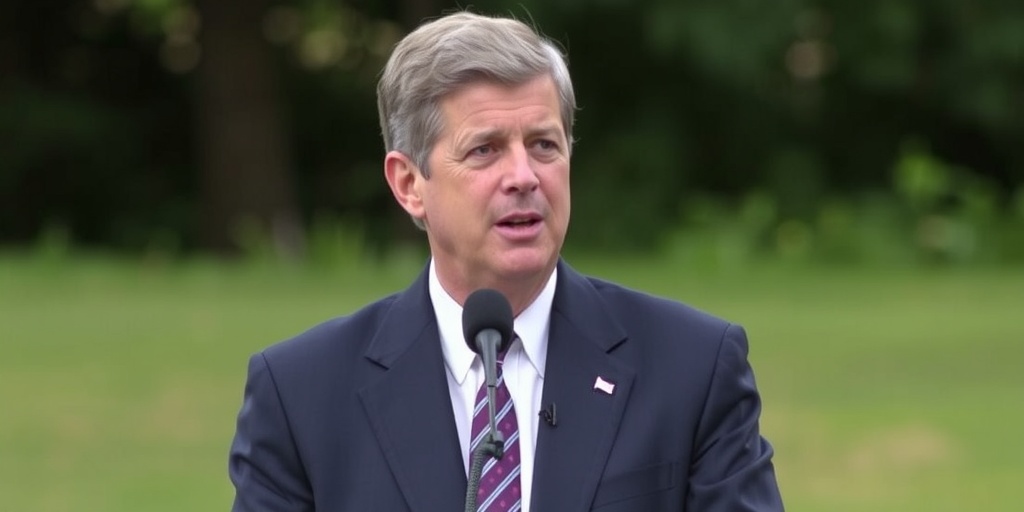Now Reading: Trump Targets Law Firms with Punitive Actions
-
01
Trump Targets Law Firms with Punitive Actions
Trump Targets Law Firms with Punitive Actions

Title: Trump’s Expansive Campaign of Retribution: An In-Depth Analysis
In the initial months of Donald Trump’s presidency, a distinct pattern of strategic retaliation has emerged, revealing a broad and intricate campaign aimed at those who oppose or threaten his agenda. Investigative reporter Michael S. Schmidt of The New York Times sheds light on how Mr. Trump has taken decisive measures to consolidate power and silence dissent, as well as the varied responses from those who find themselves in his crosshairs.
From the outset, Trump’s administration set a tone that suggested no dissent would be tolerated. Early on, he targeted various entities and individuals whom he perceived as obstacles to his vision. This unprecedented approach marks a departure from traditional political norms, where retaliation was often more discreet and less openly aggressive. Instead, Trump has embraced a confrontational tactic, challenging opponents both within the political sphere and in the media.
Among the most notable targets of Trump’s retribution has been the media. The President has consistently referred to news outlets that criticize him as “fake news,” employing this label to undermine their credibility and rally his base against them. He has also threatened to revoke the licenses of broadcasters and has suggested legal action against media organizations that report unfavorably about him or his administration. This creates an atmosphere of fear among journalists, who may hesitate to pursue stories that could provoke the President’s ire.
Another significant aspect of Trump’s campaign of retribution involves individuals within the government and the Republican Party who dare to oppose him. Prominent figures, including members of his own party, have faced backlash for their perceived disloyalty. For example, Trump’s relationship with certain GOP senators has been strained following instances where they have publicly criticized his policies or actions. Those who remain in disagreement with Trump often find themselves isolated, as he uses his platform to marginalize them and control the political narrative.
Additionally, Trump’s retribution extends to former officials and opponents from previous administrations. Key figures who once served under President Obama, as well as those involved in ongoing investigations related to the Trump campaign, have come under severe scrutiny. The President has consistently claimed that these investigations are politically motivated, using them as a rallying point for his supporters while discrediting the integrity of institutions involved in these inquiries.
The creative dimensions of Trump’s retribution manifest in how he leverages social media and public appearances. By using Twitter as a primary tool, Trump has the ability to instantly communicate his grievances to millions, often leading to widespread reactions in real time. This approach not only captures immediate attention but also mobilizes his base to engage with and amplify his message, fostering a culture where dissenters are publicly shamed and criticized.
Trump’s reliance on social media also influences the political landscape beyond his direct targets. It has prompted a broader chilling effect; potential critics now weigh the consequences of opposing him due to fear of being publicly attacked. This not only affects the individual but also shapes the political discourse, pushing opponents to self-censor and consider their strategies more carefully.
Not all those targeted by Trump have remained passive. Some have mounted significant counter-efforts against his campaign of retribution. Numerous former officials and political analysts have spoken out, emphasizing the importance of upholding democratic norms and the rule of law. Legal challenges have emerged in response to Trump’s actions, seeking to uphold the rights of individuals and institutions that are under threat.
The reactions from Trump’s targets reveal a mixed landscape of resilience and apprehension. While some have chosen to confront the President’s tactics head-on, others have opted for a more conciliatory approach, hoping to avoid further confrontation. This dynamic plays into Trump’s hands, allowing him to dictate the terms of engagement and keep opponents divided.
In conclusion, the first months of Trump’s presidency have illustrated an expansive and complex campaign of retribution that has significantly transformed the political landscape. Through a combination of social media manipulation, targeted attacks on dissenters, and an overall strategy of fear, Trump has shaped an environment where challenges to his authority are met with swift retaliation. This ongoing situation raises critical questions about the future of political discourse in the United States and the resilience of democratic institutions in the face of such challenges. As this landscape continues to evolve, it remains crucial for citizens and leaders alike to engage in thoughtful dialogue and defend the principles of democracy that underpin the nation.
Stay Informed With the Latest & Most Important News
Previous Post
Next Post
-
 01New technology breakthrough has everyone talking right now
01New technology breakthrough has everyone talking right now -
 02Unbelievable life hack everyone needs to try today
02Unbelievable life hack everyone needs to try today -
 03Fascinating discovery found buried deep beneath the ocean
03Fascinating discovery found buried deep beneath the ocean -
 04Man invents genius device that solves everyday problems
04Man invents genius device that solves everyday problems -
 05Shocking discovery that changes what we know forever
05Shocking discovery that changes what we know forever -
 06Internet goes wild over celebrity’s unexpected fashion choice
06Internet goes wild over celebrity’s unexpected fashion choice -
 07Rare animal sighting stuns scientists and wildlife lovers
07Rare animal sighting stuns scientists and wildlife lovers





















